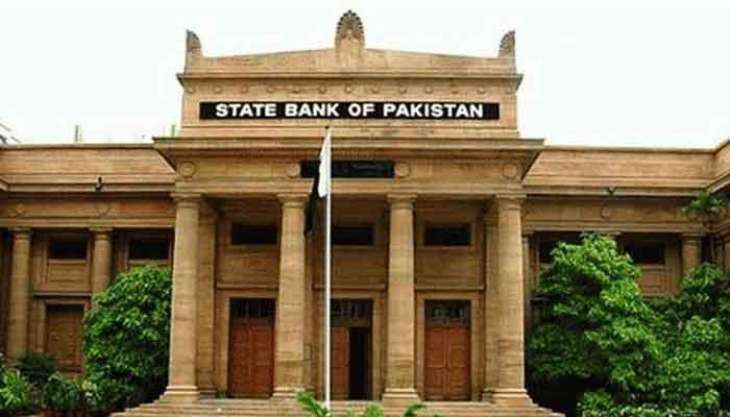According to the official data, Budget deficit was 0.7 per cent of the Gross Domestic Product in the first quarter of this fiscal.
KARACHI: (Urdu Point/Pakistan Point News-Dec 7th, 2019) Within very short time of four months of current fiscal year, Pakistan’s public debt rose by 1.29 per cent Rs 32.197 trillion from Rs 31. 786 trillion at the end of FY 2019, the State Bank of Pakistan’s official data show here on Saturday.
According to the details, the government continued to borrow from domestic sources to finance its current expenditures while the pace of external debt accumulation slowed due to appreciation in the Currency and reduction in the current account deficit. The external debt, it said, got narrowed by 73.5 per cent year-on-year to $1.5 billion in July-October FY2020 and the rupee was appreciated 5.6 per cent since June this year.
It also showed that Budget deficit was 0.7 per cent of the Gross Domestic Product in the first quarter of this fiscal year while the government posted a Primary surplus of Rs200 billion in July-September FY2020, although the International Monetary Fund (IMF) expected a primary deficit at Rs102 billion in the first quarter, beside its expectation that the budget deficit would be at 7.4 per cent of GDP in FY2020. Moody—the international rating agency also changed Pakistan’s outlook and said that the deficit would be at 8.6 per cent as opposed to 7.1 per cent estimated by the government in the budget for 2019/20. The SBP sees budget deficit to be in the range of 6.5 to 7.5 per cent of GDP in FY2020.
According to the experts, the fiscal consolidation under 39-month IMF $6 billion extended fund facility was likely to improve the country’s debt sustainability over the medium-term.
On other hand, Moody’s Investors Service said that Pakistan’s fiscal strength got weakened by higher debt levels largely as a result of currency depreciation. However, they expected that the ongoing fiscal reforms, including through the IMF, would mitigate risks related to debt sustainability and government liquidity.
In the current fiscal year, Pakistan’s public debt could surge to 78.6 per cent of gross domestic product.
The analysts are of the view that the country’s debt vulnerabilities would remain upward it its debt-to-DGP ratio was not expected to fall below 70 per cent of GDP.




